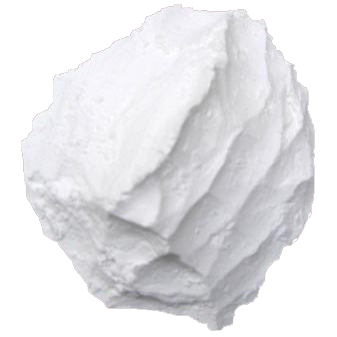|

CALCIUM CARBONATE STONE
One of the most common kidney stones formed by PKD'rs
|
|
sodium bicarb AVOID in polycystic kidney disease
Sodium bicarbonate is an ionic compound made up of sodium cations (Na+) and bicarbonate anions (HCO3-). The bicarbonate anion can easily fly off and unite with free floating calcium, prevalent in PKD. This can form calcium carbonate kidney stones; one of the most common kidney stones formed by PKD'rs. Sodium bicarbonate forms kidney stones in the PKD model and one more article.
Many nephrologists continue to prescribe sodium bicarb, also known as baking soda, to individuals with PKD, unaware that this can promote a higher incidence of kidney stones for individuals with PKD. Due to the inherent nature of PKD, unfortunately sodium bicarbonate increases kidney stone formation. This article shows that alkalinity is helpful in kidney disease, however if you use alkalizers ask your doc for a citrate salt to replace a bicarbonate. Sodium bicarbonate can precipitate calcium salts. If you use potassium, ask for citrate salts to replace chloride salts.
Individuals with PKD kidneys have a 20% greater chance of developing kidney stones. Unlike citrate salts, [i.e. potassium citrate and sodium citrate] where the citrate is utilized by the kidney for energy, the bicarbonate ion from sodium bicarbonate, spins off and forms a very common kidney stone compound – calcium carbonate, the most common PKD kidney stone. Early studies with the PKD model showed this to be true. There was an increased incidence of kidney stone formation, though the PKD models were helped by the alkalinity and they were harmed by acidity. |
![]() contact us
contact us